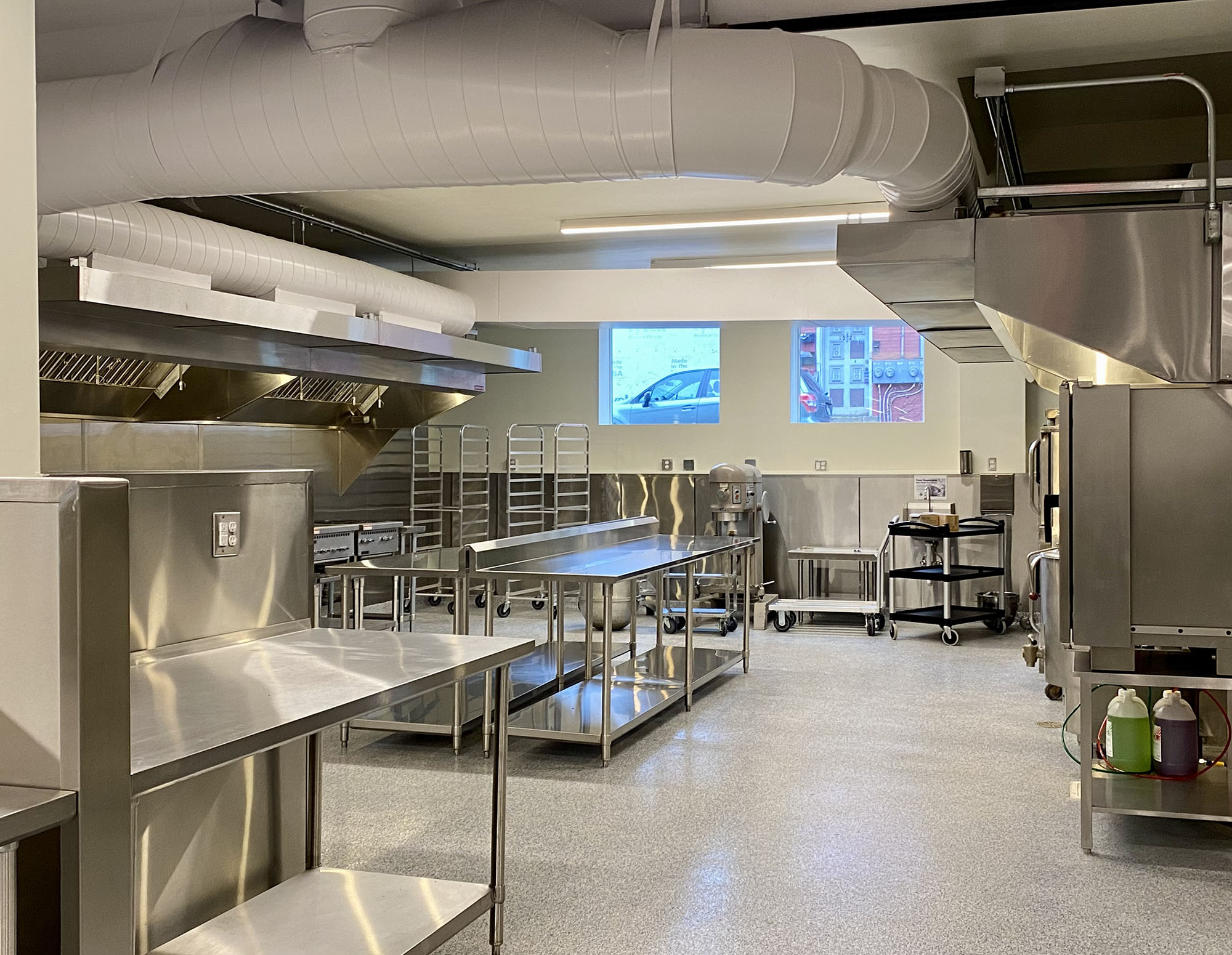Coworking space and shared kitchen in Pittsburgh
Fulton Commons is a shared workspace—a coworking space and shared kitchen—on Pittsburgh’s North Side in historic Manchester.
The coworking space offers light-filled offices and shared spaces for individuals and organizations seeking space away from both conventional office buildings and home.
The shared commercial kitchen provides kitchen equipment access, outsourced facilities management, and additional services for new and growing food businesses to use as their production facility.


